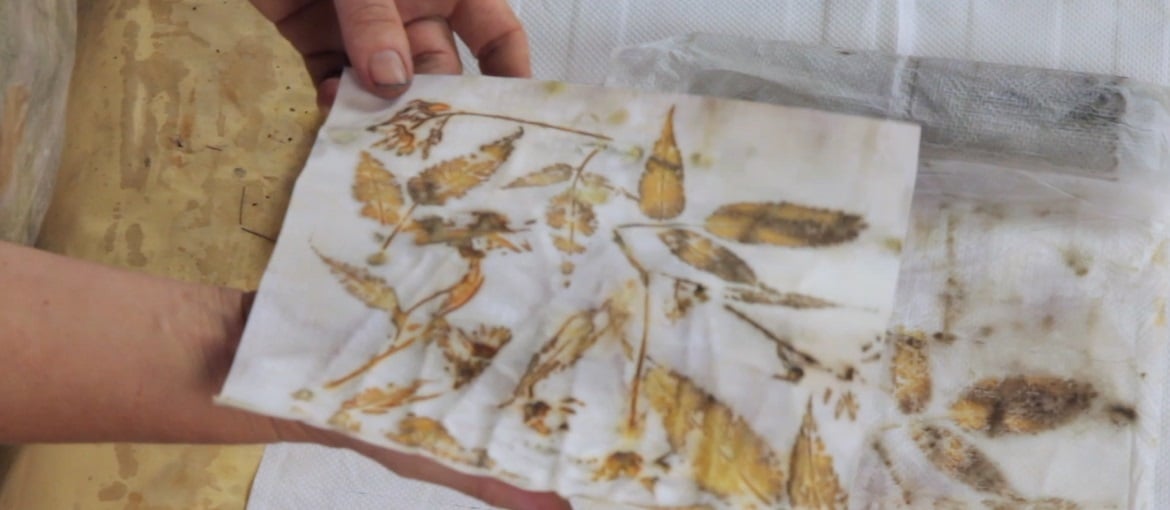Table of Contents
Decorating paper with flowers and leaves: eco-printing
Eco-printing is a craft technique for reproducing the shapes and colours of flowers, leaves, berries and other plant elements on paper or fabric.
It’s an environmentally friendly procedure that doesn’t require the use of polluting chemical products and, if printing on cloth, can be used with natural textiles (or, better still, used ones). By taking advantage of the natural colourings found in plants, paper and textiles can be dyed without the use of inks.
Nature printing, as the process is also known, can be done at home by anyone who wants to experiment with this technique and explore their creativity.
The origins
The origins of eco-printing are ancient: in “De materia medica”, the pharmacopoeia written by Pedanius Dioscorides, a Greek pharmacist who lived in the 1st century AD, we find various medicinal plants imprinted on paper. Split into five volumes, the book is the most significant of its kind from classical antiquity and was widely circulated in the Middle-Ages and the Renaissance, helping to spread this printing technique.
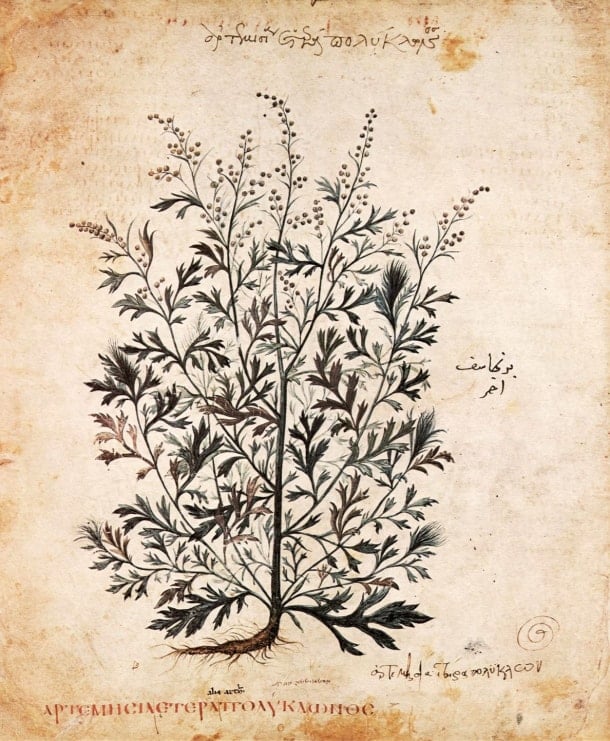
Nature printing was in fact used by many scientists, botanists and perfumers to catalogue different plant species. In his Codex Atlanticus, Leonardo da Vinci reproduced a sage leaf by sprinkling it with a mixture of oil and lampblack, helpfully adding instructions on how to recreate the technique. In the 16th century, Florentine perfumer Zenobio Pacini created a herbarium by pressing ink-soaked plants between two sheets of paper.
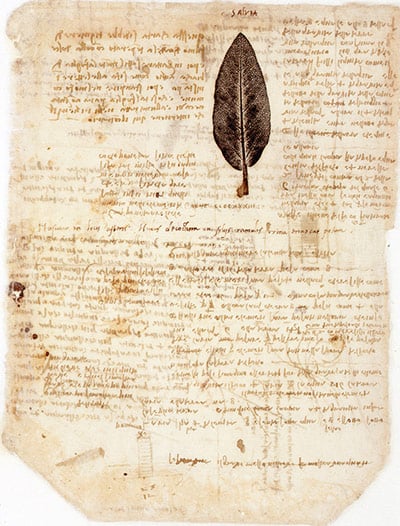
But it was 18th-century German doctor and botanist Johann Hieronymus Kniphof who realised the commercial potential of this technique. At the time, interest in botany was growing, particularly with the arrival of new species from the Americas and Africa. So Kniphof decided to publish a book on officinal plants – the “Botanica in originali, das ist Lebendig Kräuter-Buch” – containing 200 tables created from plants that were dried, pressed and inked. He used a printing press and thin paper so that the images of the plants were more easily captured. The most valuable copies were hand painted.
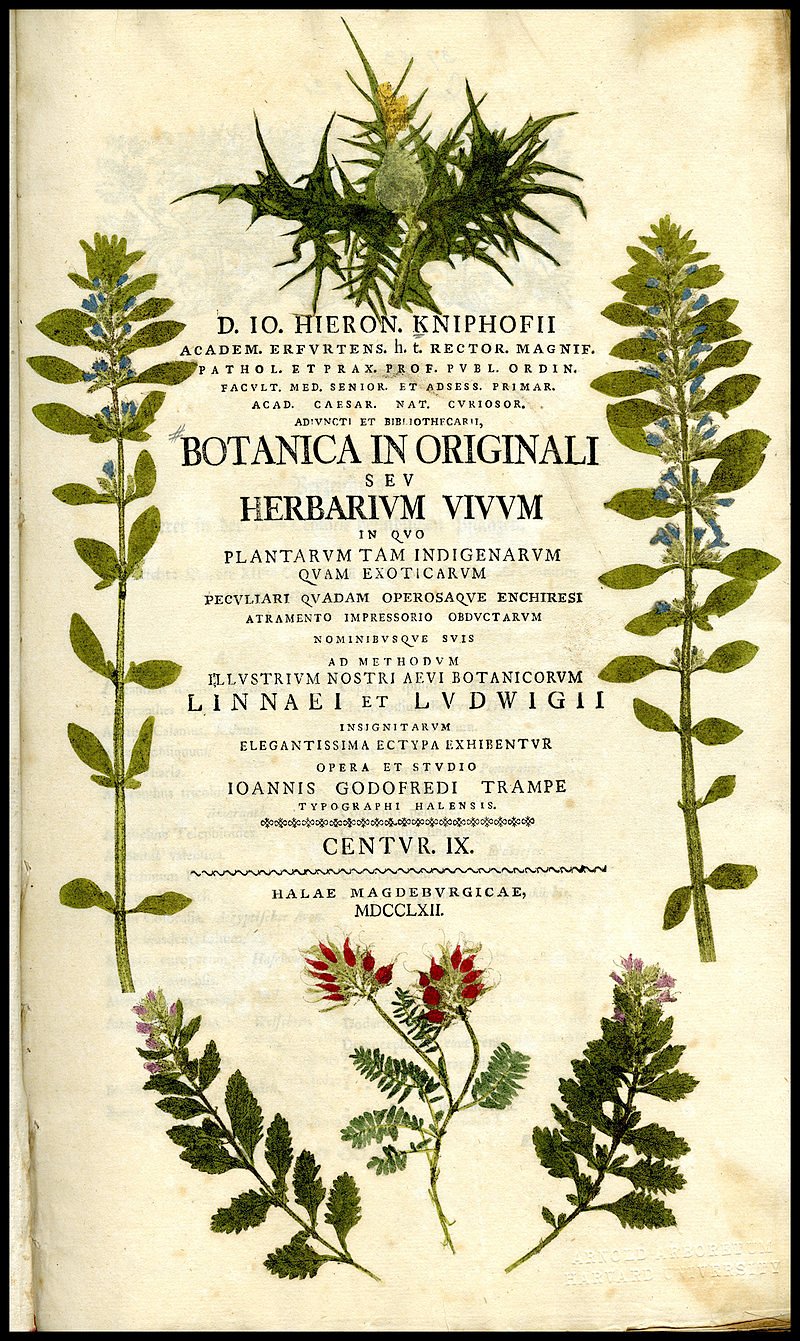
Austrian printer and illustrator Alois Auer was the first to publish a procedure for nature printing. In his manual “The Discovery of the Nature Printing-Process”, published in four languages in 1853, Auer illustrates his method for reproducing natural elements in life size using two plates, one made of steel and the other lead.
Eco-printing on fabric was invented in the mid-nineties when Australian artist India Flint began experimenting with nature printing. She was inspired by the Latvian method for decorating Easter eggs, and by shibori, the traditional Japanese method for dying textiles. In her book “Eco Colour: Botanical Dyes for Beautiful Textiles”, Flint outlines various techniques for reproducing the shapes and colours of plants, flowers, roots and trunks on natural fabrics to create unique garments.
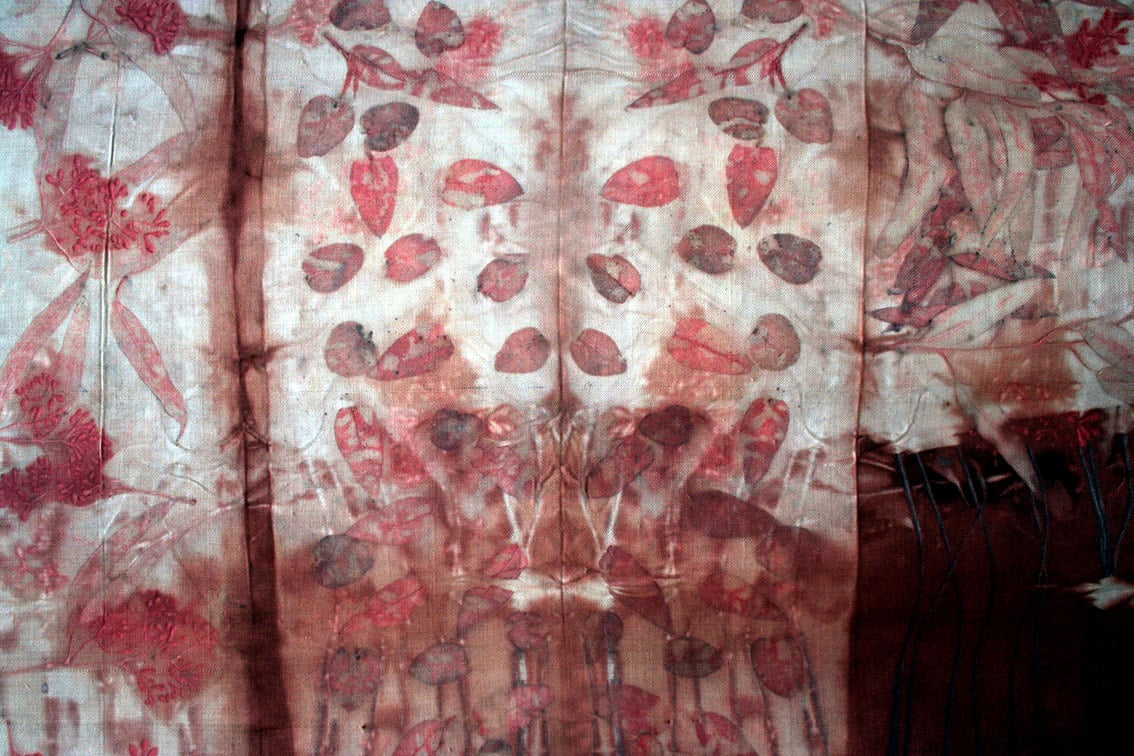
To find out more about eco-printing on paper, we asked Grazia Bambino, founder of the Elementi Naturali brand and an artist specialising in botanical prints, to introduce us to the magic of this art form with a tutorial.
Eco-printing on paper: a tutorial
To create a botanical print, all you need are a few readily available ingredients and some simple tools. In this tutorial we’ll learn how to decorate paper using soy milk as a mordant.
What you need
- Sheets of watercolour paper
- Cooking string
- A wooden or iron cylindrical object, for rolling up the printing sheets
- Iron sulphate (1 teaspoon)
- Leaves and/or flowers of your choosing
- Soy milk without added sugar (500 ml) or a handful of dried soybeans
- Water
- A steel saucepan or steamer
- A blender and a sieve (only if you’re making your own soy milk)
- Rubber gloves
- Two aluminium trays
Preparing the soy milk
To make your own soy milk, proceed as follows: take a handful of dried soy beans and soak them in water overnight. Blend the bean mixture, then strain it using a sieve covered with a tea towel. When most of the liquid has been drained, give the tea towel one last squeeze.
Put the soy mixture in the blender, adding a bit of water, then mix it and strain it again. Repeat this process a couple of times. The leftover pulp can be composted or buried in the garden. Alternatively, you can use ready-made soy milk that doesn’t have any added sugar.
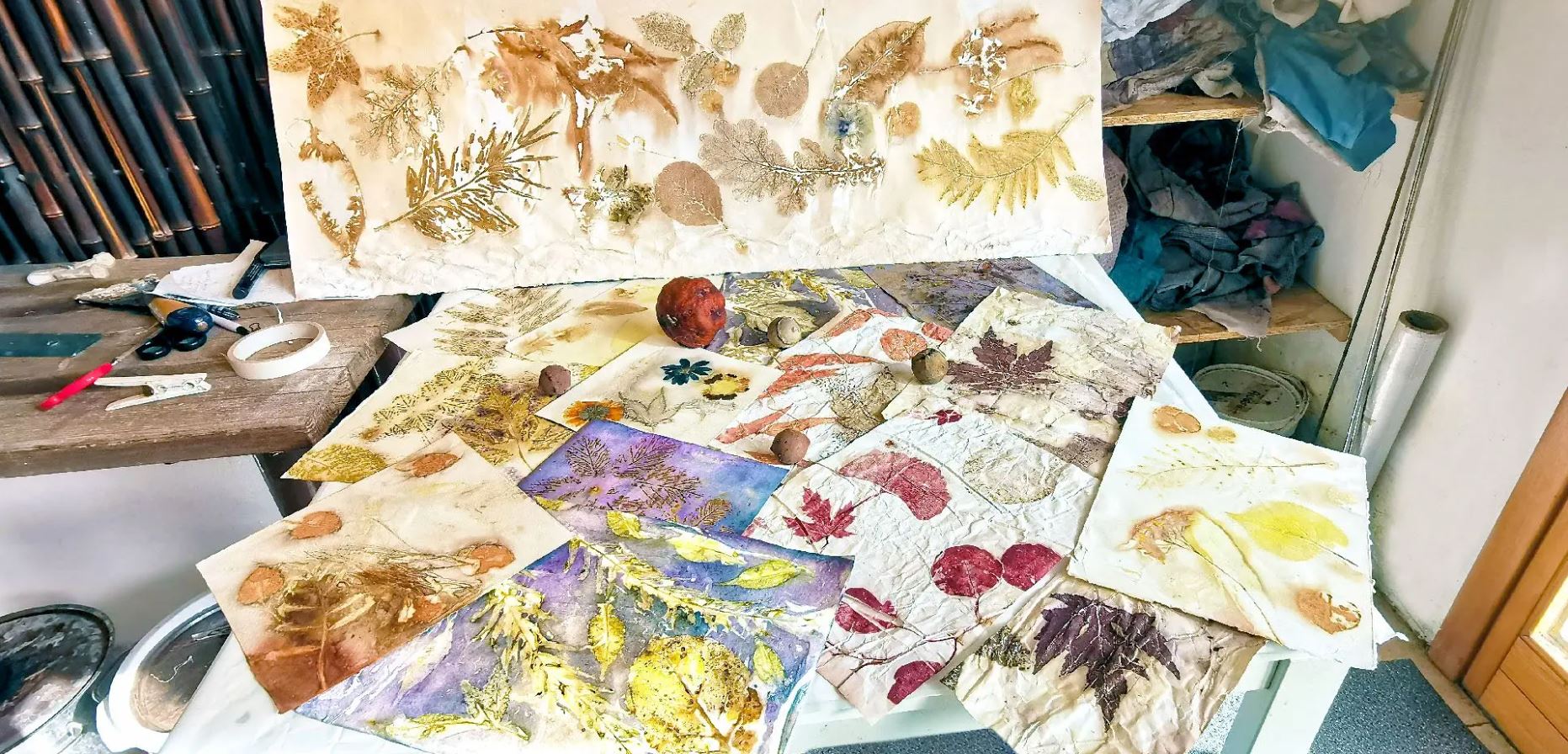
Mordanting the paper
Poor the soy milk into an aluminium container and add a few pieces of paper. For thin or delicate paper, soak for several minutes. Softer paper, like watercolour paper, can be left for several hours. It’s preferable to mordant just a few sheets at a time, otherwise they’ll tend to stick together and won’t absorb the mordant properly. Use the paper immediately or leave it to dry for use later. The end result will vary depending on the strength of the mordant, the length of the mordanting process and the absorbency of the paper chosen.
Decorating the paper
Now it’s time to start eco-printing! Begin by placing your leaves and flowers on the paper as you see fit. The best plants are those rich in tannins, like maple, walnut, eucalyptus and chestnut, but it’s still possible to get great results with species that have a lower tannin content.
Preparing the iron sulphide
Once you’ve finished laying out your sheet, put on a pair of rubber gloves and dissolve a teaspoon of iron sulphate in a litre of water in an aluminium container. Soak a cloth in the solution, squeeze it hard and then place it over your composition, covering it with a few sheets of kitchen towel.
Now roll everything up using a wooden or iron cylindrical object, and tie it together using cooking string. Boil it for 90 minutes in a normal saucepan or steamer. Take out the roll and leave it to cool before opening it. Voilà! Your eco-print is ready!
How to use it
Paper decorated using eco-printing is a sophisticated handmade product, perfect for packaging eco-friendly items of various descriptions, from cosmetics produced with natural ingredients to sustainable craft products.
Alternatively, it can be used to make unique, premium gifts, like diaries, notebooks, photo albums, bookmarks, picture frames or paintings that showcase all of nature’s beauty.
If you want to find out more about this artistic technique, check out Grazia Bambino’s Facebook page, where you’ll find more information on eco-printing courses.

